The best ski socks: for warm, comfy feet throughout the ski season
The best ski socks keep your toes toasty without rubbing or bunching in your boots
The best ski socks give your feet protection and warmth when you hit the slopes. There's no need to suffer from uncomfortable, cold, blistered feet, all of which are the last things you need on a skiing vacation or backcountry mission.
The best ski socks negate these possibilities, often while being stylish enough to show off in the bar afterwards. In this guide, we present half a dozen of the finest pairs we've had the pleasure to test. From classy merino options to socks woven from bamboo, there's a pair for your adventures here.
We rate the Falke SK2s as the best ski socks overall, while the excellent Darn Tough Yeti Over-the-Calf Lightweight Ski & Snowboard Sock gets the comfort vote. All you need now is grab your best ski gloves and best ski goggles and hit the slopes.
The quick list
This is our quick list, a brief overview of the best ski socks available today. To delve deeper into each pair, see the more detailed reviews further down the page in this guide.

Comfier than your average ski sock, these soft, breathable, padded socks perform well under the stress of cold days and stiff ski boots.
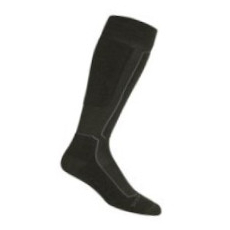
These technical ski socks perform under cold and sweaty conditions and don’t take up too much room in your ski boots.
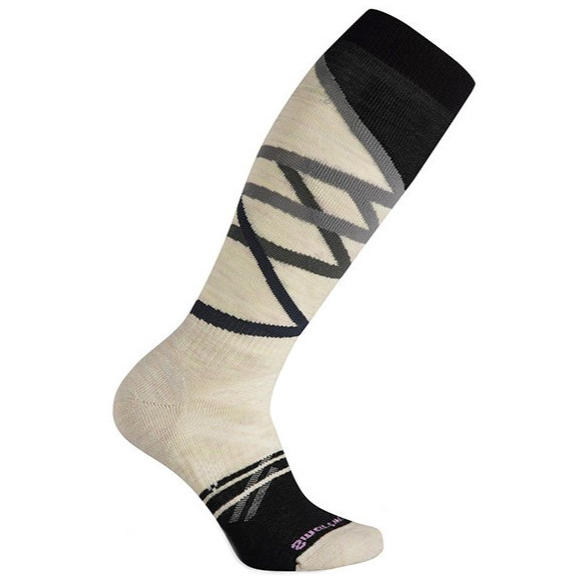
These cosy, breathable, over-the-calf socks will keep your toes toasty all day long on the slopes and pack plenty of padding to prevent annoying boot rub.
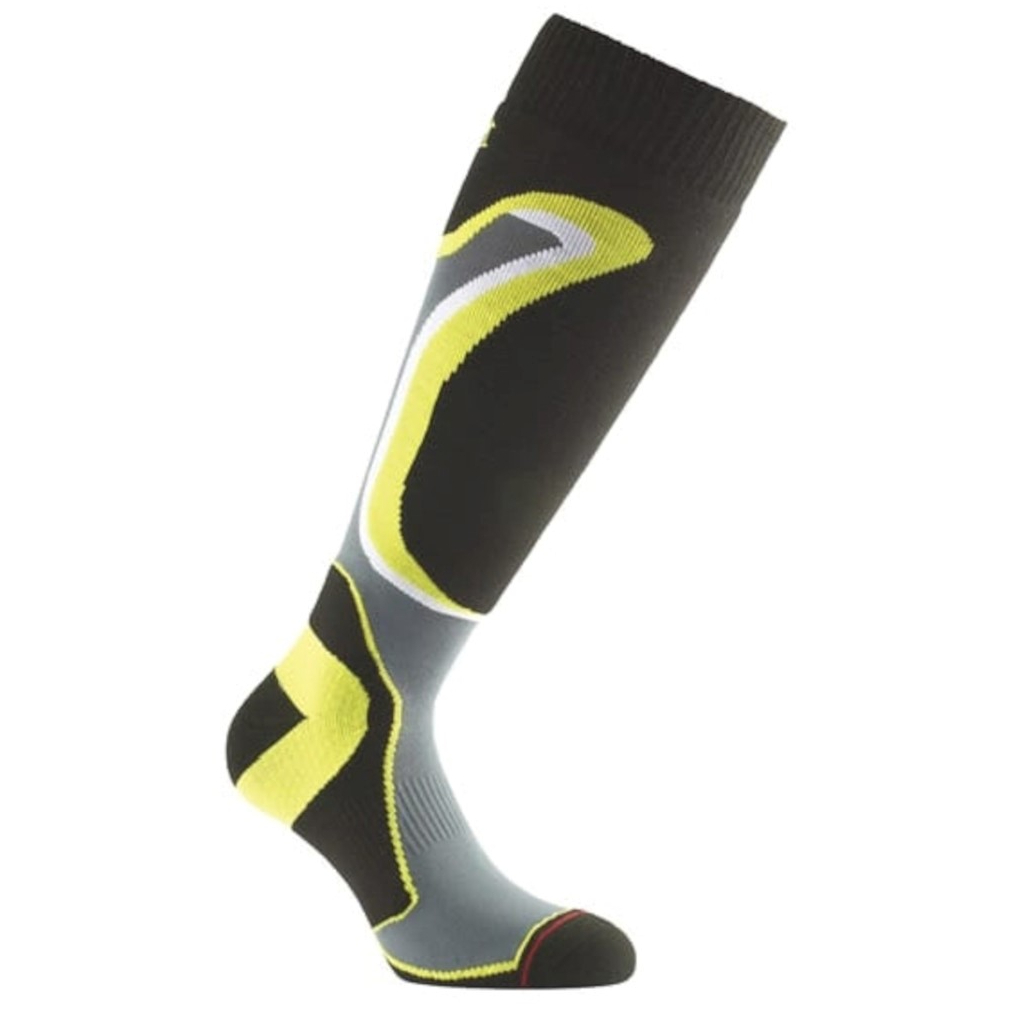
Performance-enhancing detail abounds in these comfortable, sturdy ski socks from non-slip heels to plenty of padding that keeps you protected inside your boots
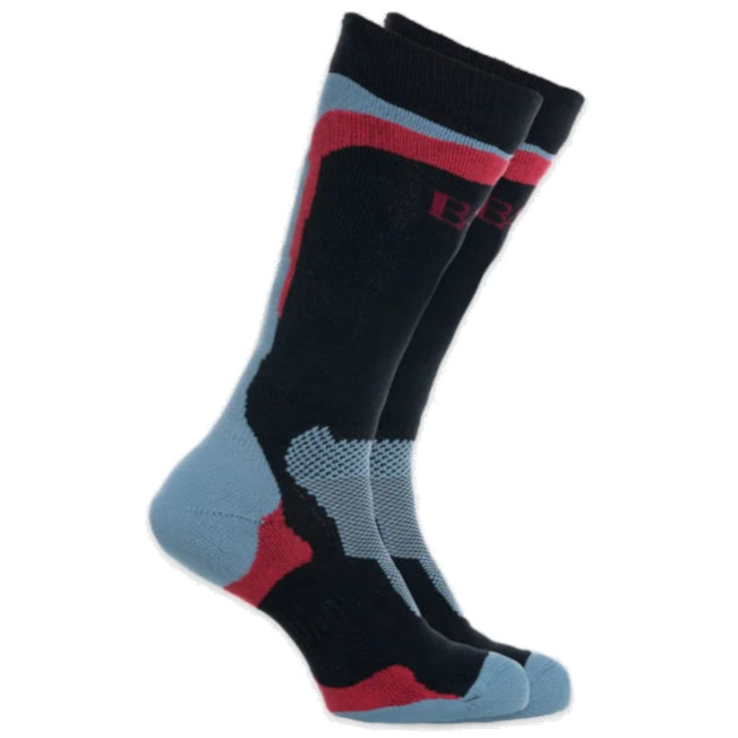
The streamlined fit and moisture-wicking fabric of these comfy ski socks makes them a good choice for ski touring, where you want breathability not bulk
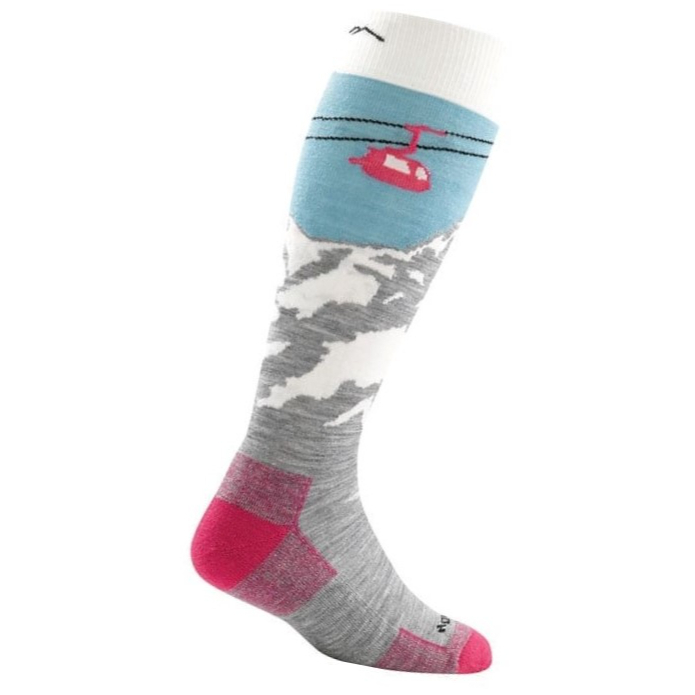
This tough, versatile ski sock combines lightweight versatility with the natural warmth and breathability of wool for all-mountain performance
The best ski socks we recommend in 2025
You can trust Advnture
The best ski socks overall

Specifications
Reasons to buy
Reasons to avoid
The SK2s are designed for recreational skiers and described as “all-rounders”. With medium padding, these socks offer enough warmth for most resort days but aren’t too thick or warm to make a good companion during a day of ski touring.
Made using a blend of synthetic fibers and merino wool, we found these ski socks provide the stretch and breathability we needed when you’re working up a sweat lapping groomers and the durability we'd look for in a pricier pair of ski socks.
Comfier than your average ski sock, these soft, breathable, padded socks perform well under the stress of cold days and stiff ski boots.
Read our full Falke SK2 Skiiing Knee High Socks review
The best ski socks for cold days

Specifications
Reasons to buy
Reasons to avoid
The Merino Ski+ Light Over the Calf socks are designed for both resort skiing and more vigorous ski touring. The articulated fit is boosted by an anatomical toe box and the light-medium weight of these socks means they’re not too bulky inside your boot if you’re skiing uphill but they’re warm enough for sitting on a chilly chairlift.
We discovered that the extra padding on the shin and achilles, plus seamless toes and a sculpted fit, eliminated any annoying chafing or bunching inside our boots, plus a wide comfortable band at the calf ensured they stay in place. These ski socks come at more of a premium price but are versatile enough for cold and spring skiing and hold up against sweaty feet and they dry quickly.
These technical ski socks perform under cold and sweaty conditions and don’t take up too much room in your ski boot.
Read our full Icebreaker Merino Ski+ Light Over the Claf socks review
The best moisture wicking ski socks

Specifications
Reasons to buy
Reasons to avoid
These cosy, breathable socks live up to Smartwool’s reputation for producing some of the best ski socks on the market. The 13” over-the-calf fit hugs snugly just below the knee and promises to stay there when you hit the slopes, while we liked the performance-oriented fit, which contoured to our arches and allows for flex at the ankle.
Made from merino wool, nylon and elastane, these socks wick sweat away from your feet on powder days and are ultra-breathable. With full cushioning on the entire sock, you can expect all-day comfort on the slopes, especially on colder days, which we found on test. Smartwool promises that they’ve improved the durability of these socks too, so they should last you a few seasons.
These cosy, breathable, over-the-calf socks will keep your toes toasty all day long on the slopes and pack plenty of padding to prevent annoying boot rub.
Read our full Smartwool Full Cushion OTC Socks review
The best ski socks for value
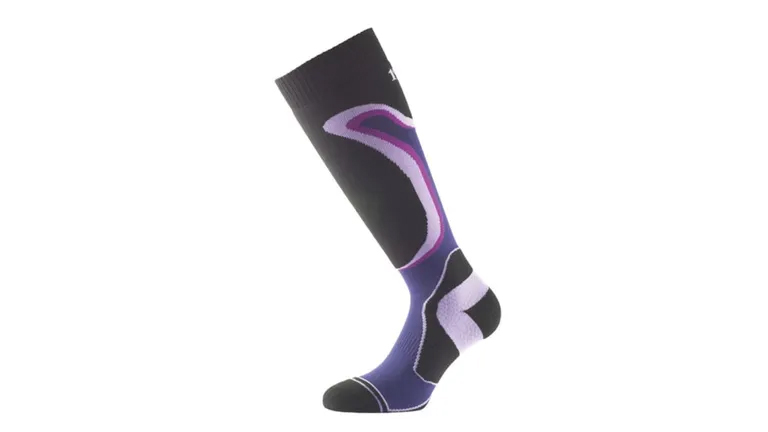
Specifications
Reasons to buy
Reasons to avoid
When it comes to the Snow Sports Sock, 1000 Mile seem to have thought of everything, from extra padding in the places where your boot likes to rub to a contoured fit so the socks stay in place and it’s all wrapped up in an exceedingly comfortable ski sock that manages to be just the right thickness for both alpine skiing and ski touring.
Made using a blend of synthetic materials, these socks are extremely soft and comfortable as well as breathable and quick drying, and lots of stretch combined with arch bracing gives a snug fit without compression. Extra padding in the shin, achilles, toe, ball and heel prevents boot rub, but these socks remain a good medium weight so they’re not too thick or warm for more vigorous skiing. Because they’re made using synthetic materials rather than wool, they will get smelly faster, but they come in at a really generous price and perform like a far more expensive ski sock.
Performance-enhancing detail abounds in these comfortable, sturdy ski socks from non-slip heels to plenty of padding that keeps you protected inside your boots.
Read our full 1000 Mile Snow Sports Sock review
The best bamboo ski socks
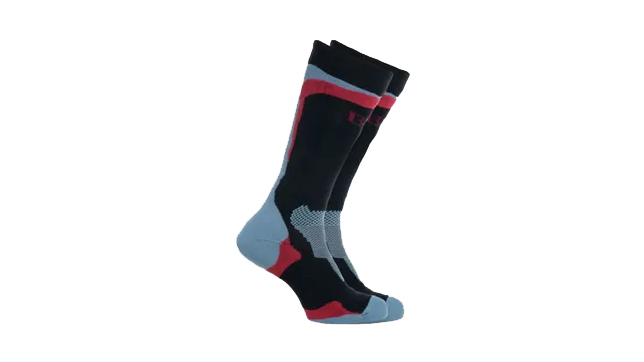
Specifications
Reasons to buy
Reasons to avoid
BAM Bamboo have capitalized on the most desirable qualities of bamboo here to create a ski sock that is breathable, comfortable and doesn’t get smelly easily. These socks are thin and unpadded, so best for ski touring and not-too-cold ski days, however they do have a little compression, which helps to improve circulation and keep you warmer when it’s cold. A cosy terry lining and invisible toe seam means they’re comfortable against your skiing with no annoying bunching or rubbing.
Bamboo is already known for its moisture-wicking properties and they’ve added mesh panels to improve breathability which keeps your feet dry on spring days and uphill adventures. These socks aren’t quite as long as other ski socks, so if you’re longer in the leg they might not quite come up above your calf, however they do stay up well. Though bamboo is not as durable as synthetic or merino wool, these are made with 12% merino and the heel and toe of these socks is reinforced with recycled polyamide. The streamlined fit and moisture-wicking fabric of these comfy ski socks makes them a good choice for ski touring, where you want breathability not bulk.
Read our full BAM Bamboo Ski Socks review
The best ski socks for comfort
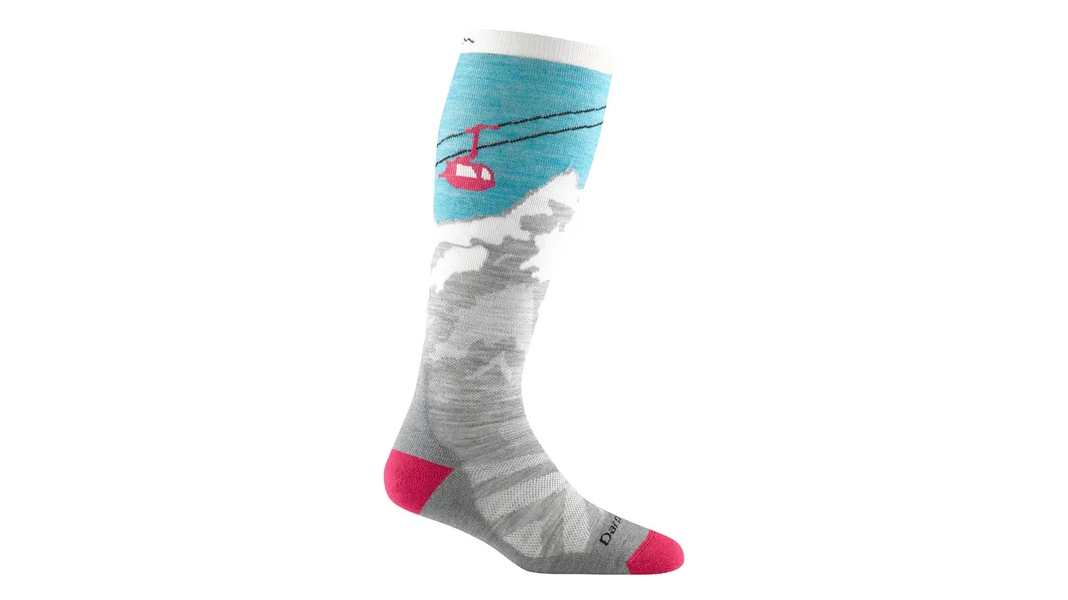
Specifications
Reasons to buy
Reasons to avoid
The Yeti OTC Ski socks are made by and for folks who love winter. These lightweight socks don’t have any cushioning and are instead fit for performance. There’s no annoying bunching and they’re slim enough that we found we could wear them with any of our ski boots.
Don’t be fooled by how lightweight these socks are, however. Merino wool provides plenty of warmth on cold ski days, and its moisture wicking capacities means that you won’t get sweaty feet, or blisters, if you wear these for backcountry touring. You can wear these for many, many outings without them getting stinky too, which means less washing and more durability.
This tough, versatile ski sock combines lightweight versatility with the natural warmth and breathability of wool for all-mountain performance.
Read our full Darn Tough Yeti Over-the-Calf Lightweight Ski & Snowboard Sock review
The best ski socks comparison table
Ski sock | List price | Materials | Sizes | Best use |
|---|---|---|---|---|
Falke SK2 Skiing Knee High Socks | $39.95 (US) £31 (UK) | Polypropylene (45%), acrylic (25%), wool (20%), polyamide (10%) | Women’s EU 35-42, Men’s EU 39-48 | Alpine skiing, ski touring, snowboarding, snowshoeing |
Icebreaker Merino Ski+ Light Over the Calf Socks | $28 (US) / £26 (UK) | Wool (53%), Nylon (44%), Elastane (3%) | Men’s: S-XL, women’s: S-L | Alpine skiing, ski touring, snowboarding, snowshoeing |
Smartwool Ski Full Cushion OTC Socks | $27 (US) / £26.99 (UK) | Merino wool (57%), Nylon (41%), Elastane (2%) | S-XL | Alpine skiing, snowboarding |
1000 Mile Snow Sports Sock | £19.99 (UK) | Acrylic (48%), Tactel (26%), Nylon (25%), Spandex (1%) | Men’s: M, L, XL, women’s: S, M | Alpine skiing, snowboarding, snowshoeing |
BAM Bamboo Ski Socks | $31 (US) / £20 (UK) | Bamboo viscose (52%), Recycled polyamide (35%), Merino wool (12%), Elastane (1%) | 4-7, 8-11 | Alpine skiing, ski touring, snowboarding, snowshoeing |
Darn Tough Yeti Over-the-Calf Lightweight Ski & Snowboard Sock | $26 (US) / £29 (UK) | Merino wool (61%), Nylon (37%), Lycra Spandex (2%) | S-L | Ski touring, alpine skiing, snowboarding snowshoeing |
How we test the best ski socks
Meet the expert
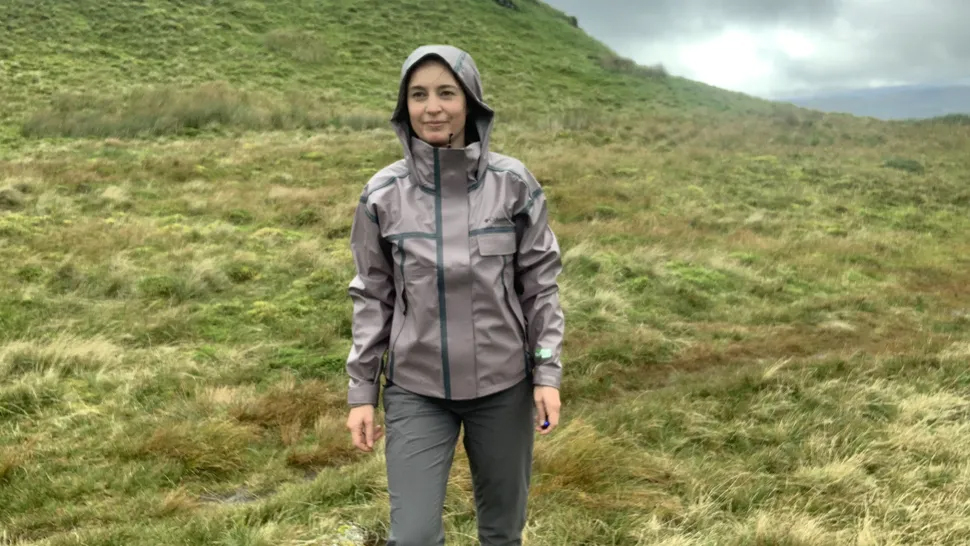
Julia Clarke is a staff writer for Adventure.com. She is an author, mountain enthusiast and yoga teacher who loves heading uphill on foot, ski, bike and belay. She recently returned to her hometown of Glasgow, Scotland after 20 years living in the USA, 11 of which were spent in the rocky mountains of Vail, Colorado where she owned a boutique yoga studio and explored the west's famous peaks and rivers. She enjoys writing about the outdoors, yoga, wellness and travel. In her previous lives, she has also been a radio presenter, music promoter, university teacher and winemaker.
Our reviewers test ski socks on while skiing both on and off piste. Features (including height, thermal properties, style, breathability, materials, next-to-skin comfort and support) are tested against claims made by the brand, and we assess factors such as value for money, durability, functionality and environmental impact.
How to choose the best ski socks
When you’re choosing a pair of ski socks, there’s a surprising amount to consider, but it should come as no surprise that comfort is key. You’ll also need to consider what type of skiing you plan to do in them, and what type of conditions to expect. Because ski socks are a relatively affordable piece of kit, you may want to get several pairs. For example, you might want one pair for resort skiing and another for ski touring, or one pair cold days and another for spring skiing. If you’re on a budget, look for a good versatile pair of all rounders. Below are some other factors you’ll want to consider when choosing a good pair of ski socks.
Comfort
Comfort comes in various ways when it comes to ski socks, from proper fit and good breathability to using soft fabrics that don’t itch. It’s a bit of a subjective category, but know that you want your socks to feel great on so they don’t annoy or distract you when you’re trying to focus on making turns.
Fit
Your ski socks need to have a snug fit that doesn’t bunch inside your boots while not being so tight as to restrict your circulation. Look for a pair that comes comfortably up to just below your knee (a little long is better than a little short) and contours around your arch and heel without extra fabric at the toe box.

Breathability and thermoregulation
Needless to say, your ski socks will need to keep your feet warm on cold days. This becomes especially important when you’re hanging out on long chairlift rides. A thicker sock will provide more warmth, but if your boots are already well insulated and you run hot anyway, don’t go overboard.
Virtually all ski socks will be made with sweat management in mind. Wool, bamboo and synthetic materials all wick sweat away. Synthetic fabrics dry fast too, and maintain some thermal properties even when wet. Merino wool also offers warmth when wet, but it takes longer to dry, as does bamboo. Natural fabrics (wool and bamboo) have antimicrobial properties that manage odours, while synthetic material can accumulate smells. Often the best ski socks a made with a mixture of these materials to harness the best bits of each. The only material you really want to avoid is cotton, which once wet, stays wet and offers no warmth whatsoever – cotton can be lethal in the mountains.
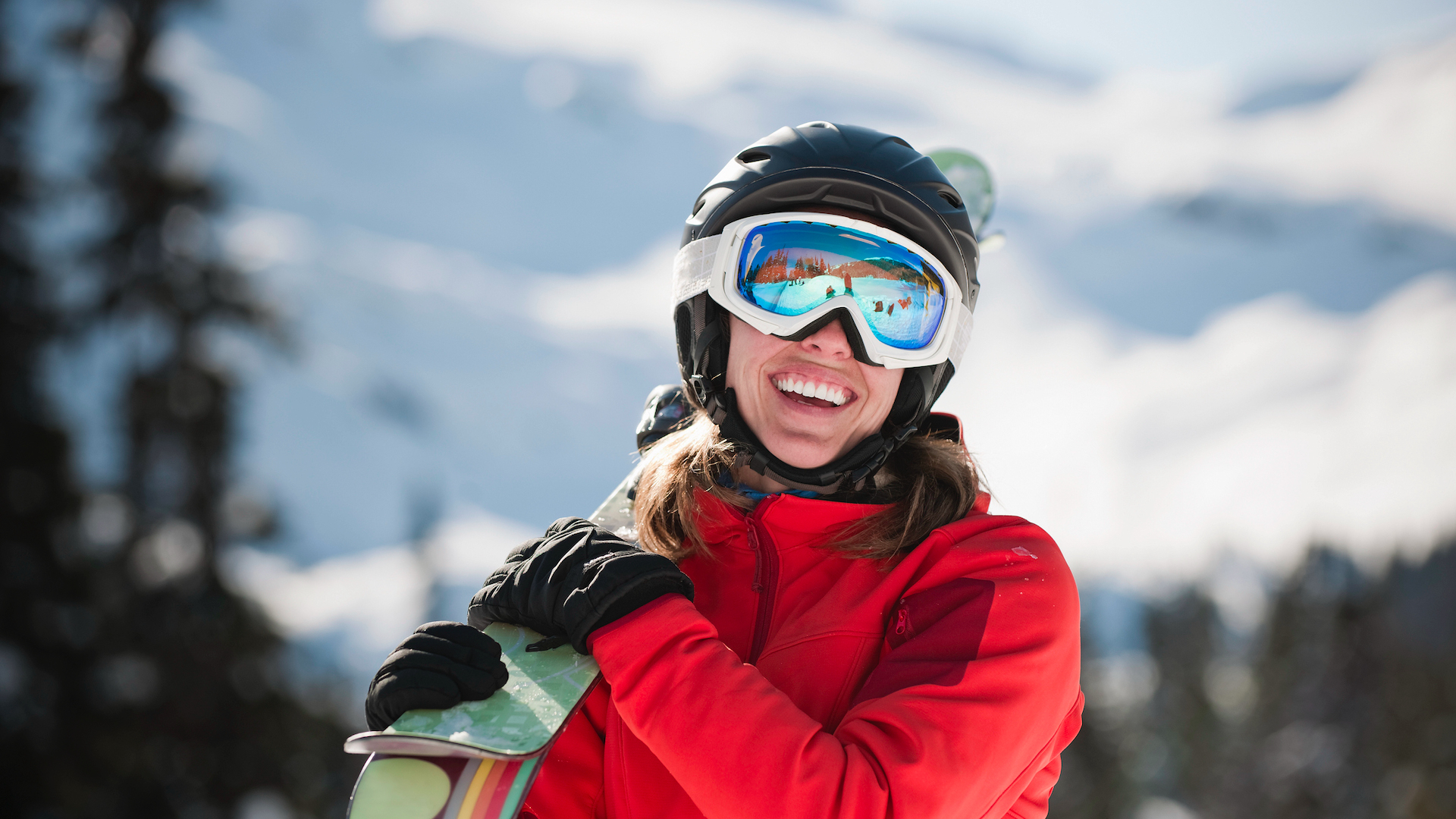
Padding
A good pair of ski socks will have some extra padding in the areas where you tend to feel a lot of pressure from your ski boots: the front of your shin and the backs of your heel. Warmer socks may have more padding on the soles while socks built for touring will have less padding and focus more on mobility.
Thickness
The thicker the sock, the warmer the foot. If you expect sub zero days and long lift rides where your feet tend to lose a bit of circulation, get a medium or thick sock, but know that these will restrict your foot sensitivity a little. If you’re planning on spring skiing or ski touring, go thinner.
Durability
You shouldn’t expect your best ski socks to last forever but you should be able to count on them for a few seasons without your toes poking through. The less you have to wash them, the better, so consider socks with some natural fabric content. That said, synthetic materials are sturdier so perhaps the best choice is a natural/synthetic blend.
What to do with your old ski socks
You don't need to throw your old ski socks in the trash. Programs that collect used sportswear don't generally accept socks for hygiene reasons, but they can be processed in textile recycling.
It's important to choose a scheme that won't send your socks to a developing country to sit in landfill. If you're in the UK, the Waste and Resources Action Program (WRAP) has a postcode search tool that will help you find your nearest textile recycling drop-off point. If you live in the US, Subset (formerly known as Knickey) specializes in taking underwear and socks, which are then turned into things like insulation, carpet padding, and furniture batting.
All the latest inspiration, tips and guides to help you plan your next Advnture!
Julia Clarke is a staff writer for Advnture.com and the author of the book Restorative Yoga for Beginners. She loves to explore mountains on foot, bike, skis and belay and then recover on the the yoga mat. Julia graduated with a degree in journalism in 2004 and spent eight years working as a radio presenter in Kansas City, Vermont, Boston and New York City before discovering the joys of the Rocky Mountains. She then detoured west to Colorado and enjoyed 11 years teaching yoga in Vail before returning to her hometown of Glasgow, Scotland in 2020 to focus on family and writing.

